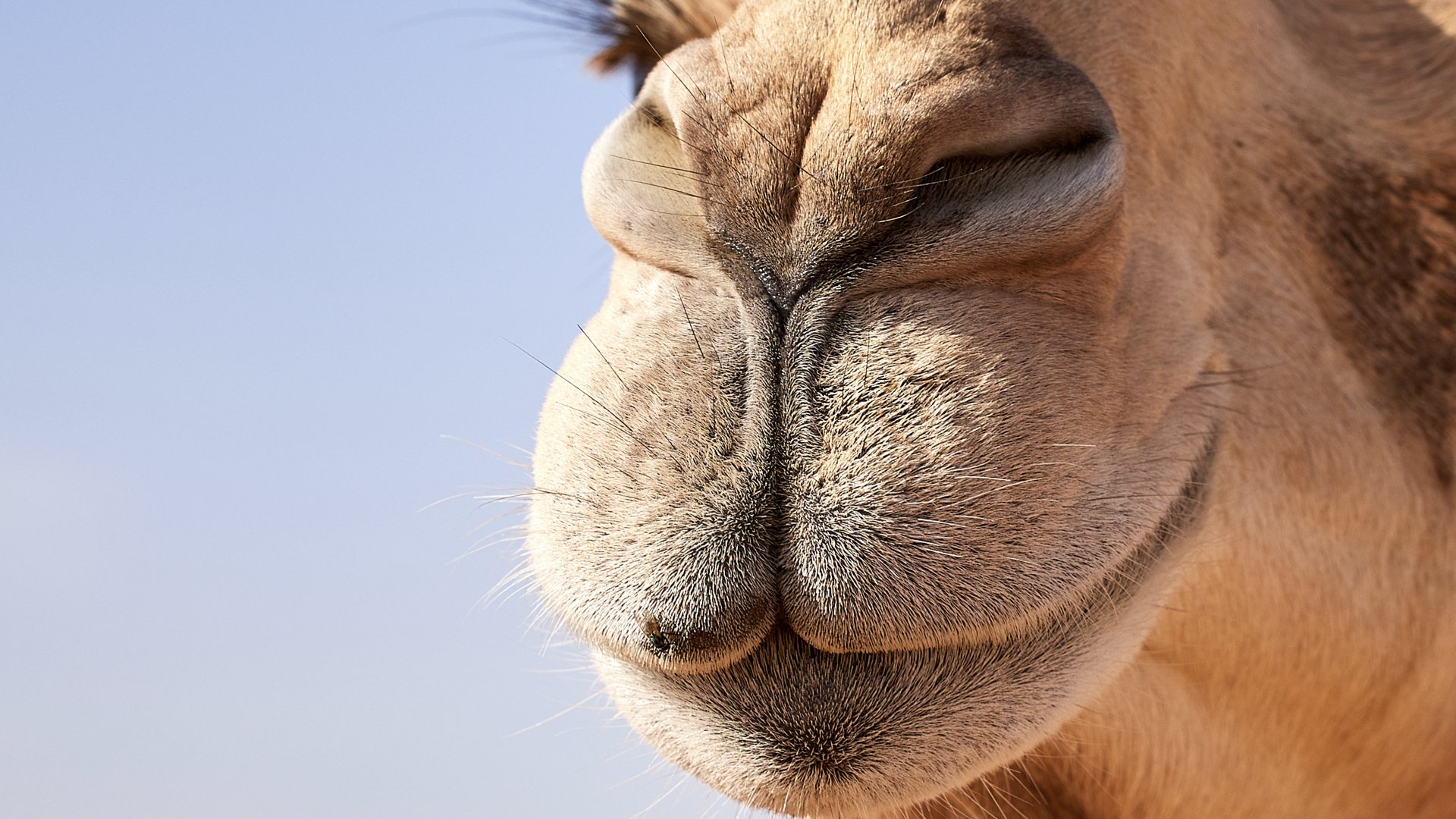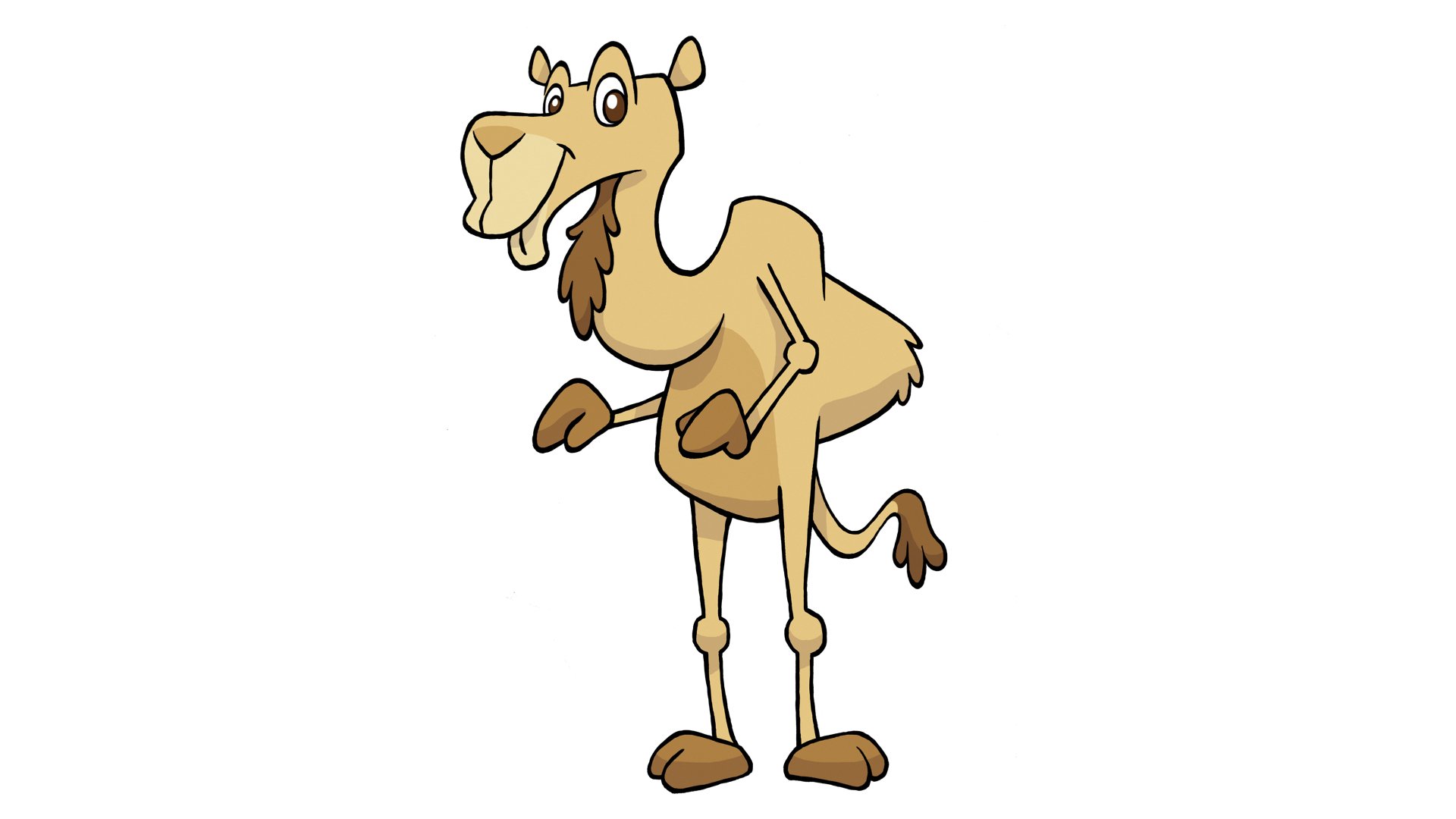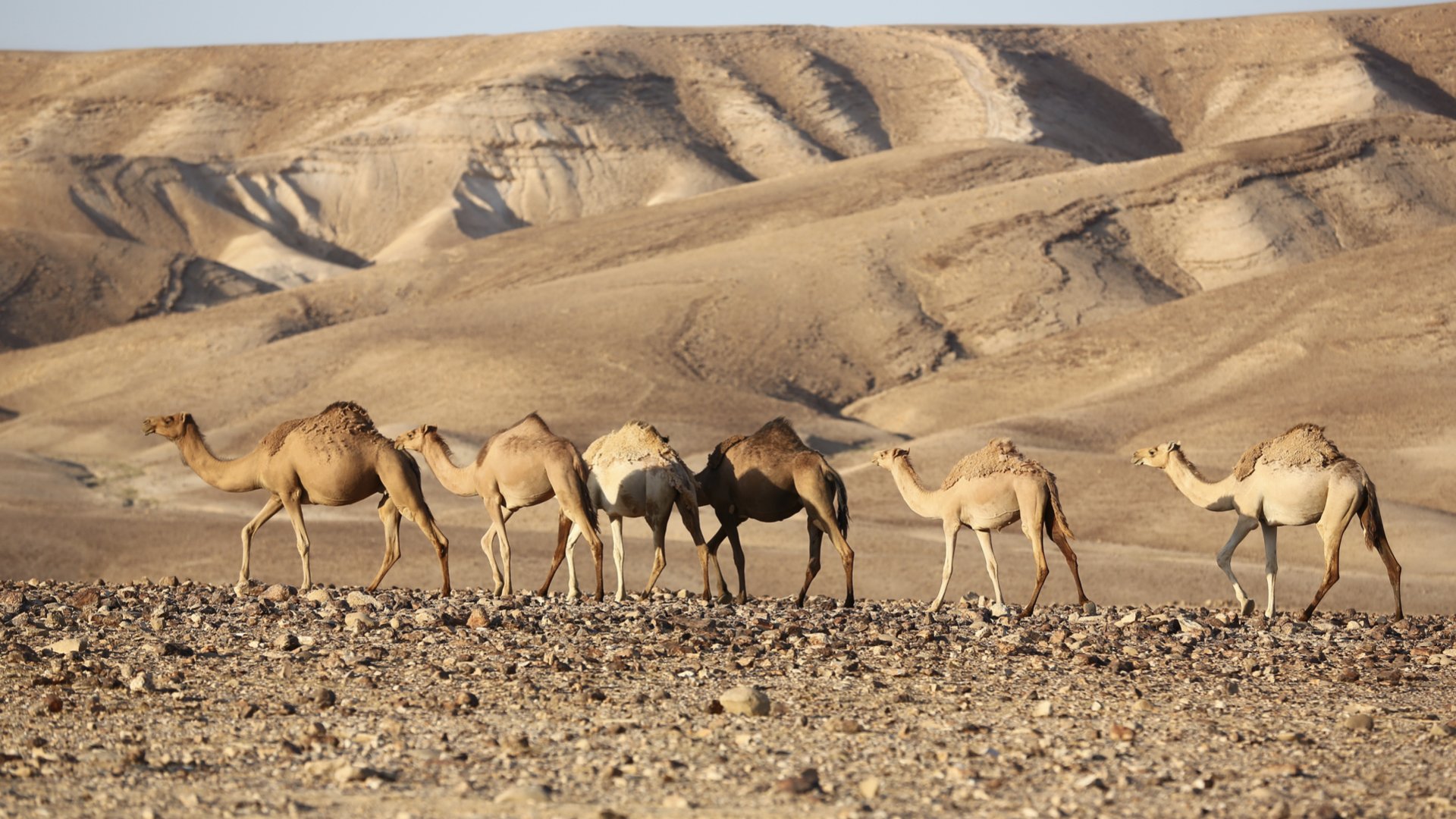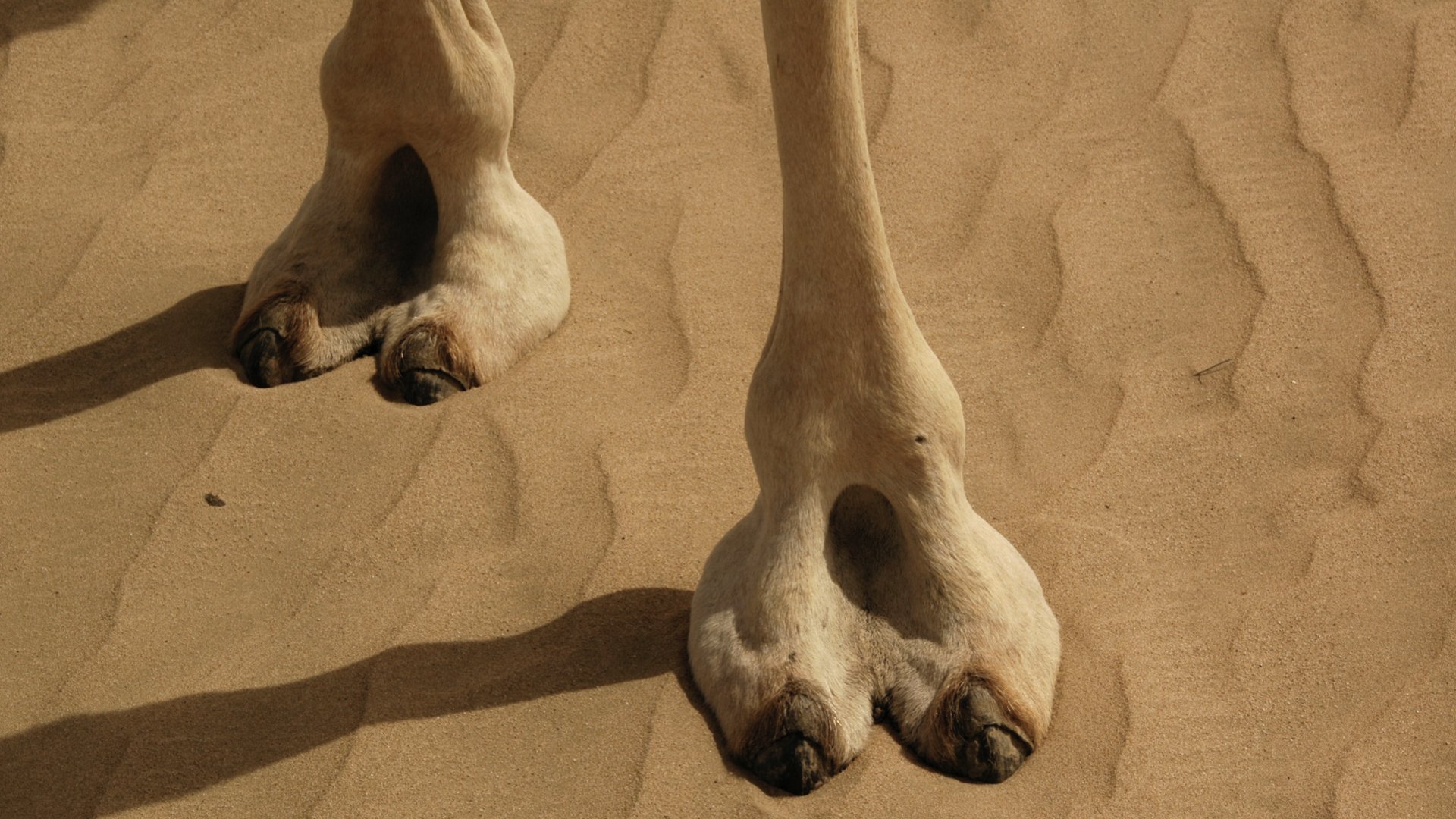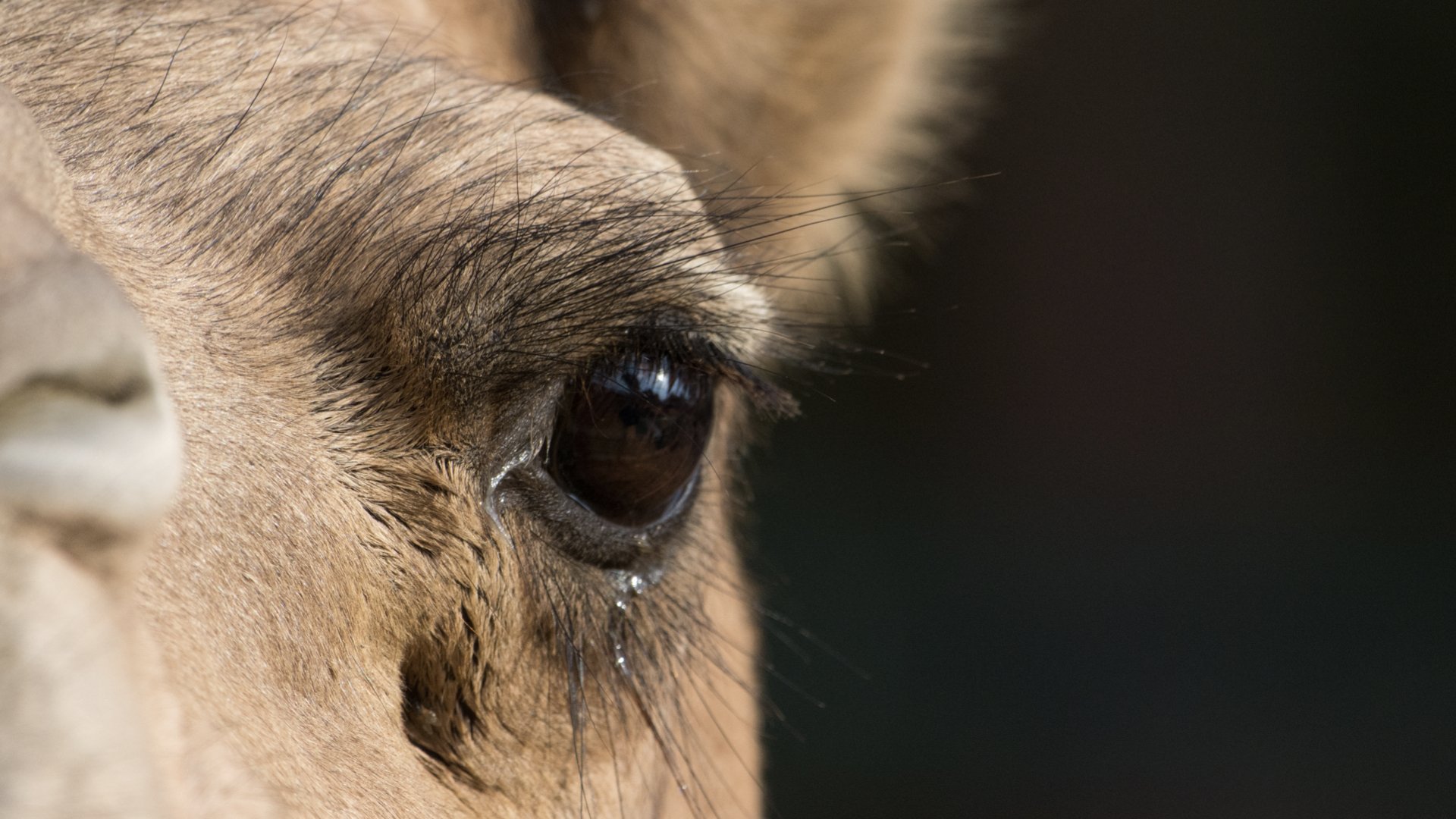LESSON INTRODUCTION
Unit Essential Questions:
What can animals in the Bible teach us about God?
What animals are mentioned in the Bible? Why are they mentioned?
What are the context characters and who are they?
Lesson Essential Questions:
What is a camel?
What can the camel teach us about God?
Bible Text:
Genesis 24:10-11, Psalm 139: 13-14
Contextual Lenses:
Learning Goals:
Learners will be able to identify a camel, and name its qualities.
Learners will be able to describe how God made the camel special.
Learners will be able to describe how God made them special.
Teaching Points:
God is super creative.
God made each of us special and unique!
LESSON INFORMATION
What you should prepare . . .
Either cut out the context character and glue it to a popsicle stick or use the context character plush toy.
Print off the included coloring page for each student in your class. Set out crayons and markers that learners can use to decorate their paper.
To keep track of the different characteristics of God embodied by the six animals, create an anchor chart that includes their names. As you’re introduced to each character, add what you’ve learned about the animal, and what the animal teaches us about God to your chart.
What you should know . . .
The Bible uses “pictures” to help us better understand who God is and what God is like. In order to better understand the meaning of God’s words we have to know and understand these “pictures.” As responsible readers of the Bible, noticing the metaphors helps us to read the Bible in its proper context.
LESSON INTRODUCTION
Ask learners to think about these two questions before you play the video. Spend some time letting them share their answers.
Wonder Questions: (slides 1,2,3)
Do you know what kind of animal this is? (There are three powerpoint slides that each pull back and show more of the animal. See how quickly learners can guess the animal.)
How did God make this animal special and different from other animals?
ENGAGING WITH CONTEXT
Play the Video. (Slide 4) You can also show pictures and teach the content of the video if you would rather do that.
Video Script:
Have you ever seen a camel? They are amazing animals, and the Bible tells us about them. God made camels with some pretty cool superpowers that help them live in the hot desert. Want to know what they are?
First, camels have three sets of eyelids—yes, three! They also have two rows of long eyelashes. These work like superhero sunglasses to keep out the desert sand and the bright sun. How awesome is that?
Next, camels have a big hump on their backs, but it’s not for storing water like some people think. It’s actually full of fat. This helps them survive when they can’t find food in the desert. Their bodies can use the fat to keep them going. They can survive for up to six months without food or water. God thought of everything!
But one of the coolest things about camels is their feet. Camels have two toes on each foot that are connected to a big, squishy pad. This pad spreads out like a pillow when they walk on the hot, soft desert sand. So, camels don’t sink or get burned. Isn’t that clever?
Because God gave camels all these awesome abilities, they’re perfect for long trips in the desert. They can carry up to 1,000 pounds on their backs and even give you a ride if you need a break from walking. Camels remind us that God is creative, and just like God made camels special, God made us special too!
Introduce Clyde the Camel. (Slide 5)
Use either the context character cut out on a stick or a plush toy.
Tell learners that Clyde will be helping us learn more about God and the Bible.
EXPLORE THE STORY
Read Scripture (Slide 6):
The Bible tells us that Abraham had many camels and that he used them to carry goods. This verse comes from a story where Abraham sends his servant on a journey.
Genesis 24:10-11: “Then the servant left, taking with him ten of his master’s camels loaded with all kinds of good things from his master. He set out for Aram Naharaim and made his way to the town of Nahor. He had the camels kneel down near the well outside the town; it was toward evening, the time the women go out to draw water.”
A camel was very expensive. To have that many camels meant that Abraham was very wealthy.
Now let’s think about how God made camels special. (See if the learners can name the following attributes).
(slide 7) God made camels with special feet so they can walk on desert sand.
(slide 8) God gave camels special eyelids to keep sand out of their eyes.
(slide 9) God made camels with humps full of fat to help them go without food for a while.
Just like camels are wonderfully made, God made each of us in a special way. Some of you love to run fast, some of you love to sing, dance, or draw.
(Slide 10) Camels might look funny, but God never makes mistakes. He made each of us wonderful and unique too!
RESPOND TO THE STORY
Reflection Questions:
How did God make you special?
What kinds of things do you like to do? (God gave all of us unique talents and abilities).
If each one of us is specially and wonderfully made by God, how do you think God wants us to treat each other?
Prayer:
God, thank You for making each of us special in our own way. Help us to be kind and loving to each other, because You made every person unique and wonderful. Amen.
OPTIONAL ACTIVITIES
Color Clyde the Camel. Bring Clyde the Camel to life with this fun and engaging coloring page!
Make a mask. Get creative by designing your own Camel mask or using the ready-made template provided!
I Am Special Drawing. Have learners draw something that makes them special, or something that they like to do.
Desert Explorers Sensory Bin. Create a sensory bin with sand, small camel figurines, and any desert-themed items (like small plastic cacti, palm trees, or rocks). Let the learners explore the sensory bin while talking about what camels’ can teach us about God
Prepare the Sensory Bin:
Fill a shallow container with sand and include small desert-themed items such as:Mini camel figurines
Small plastic cacti or palm trees
Rocks or pebbles
Optional: Other desert-themed objects like small water containers or footprints
Set the Scene:
Share a brief introduction about camels and their importance in desert survival. Highlight some unique traits, like how they store water and endure harsh conditions, and connect these traits to God’s care and provision.Explore Together:
Invite learners to use their hands and tools (like scoops or brushes) to explore the sensory bin. Encourage curiosity as they play. Ask questions to guide their thoughts, such as:"What do you notice about camels and how they’re built for the desert?"
"How do you think God designed them to survive in such a tough place?"
"What can we learn about God through His creation of camels?"
Reflect and Connect:
As learners explore, discuss how camels remind us of God's provision, creativity, and care. For example:Just as camels store what they need, God provides for us even in hard times.
Camels endure challenges, showing us that God helps us persevere too.
Wrap-Up:
After playtime, gather the group to share their discoveries.
5. Camel walk game: Play a game where the learners pretend to be camels walking across the "desert."Set Up the "Desert Path":
Create a pathway using pillows, mats, or other soft items to represent the "desert."
Add obstacles such as:
Sand dunes: Stack pillows to climb over.
Rocky terrain: Use small cushions or rolled-up blankets to step over.
Oasis pit: Place a small "pool" (blue towel or blanket) for learners to step around or jump over.
Introduce the Game:
Explain to the learners that they are now camels on a long journey across the desert.
Remind them how camels walk: slow, steady, with legs moving in rhythm. Encourage them to lift their knees high, mimic camel toes spreading out, and sway their heads like camels.
Play the Game:
Guide the learners along the path, narrating their journey as they walk. For example:
"You're climbing over a big sand dune! Camels are great at this with their strong legs."
"Be careful of the rocky path ahead! Good thing camels have wide toes to grip the ground."
"You’ve reached the oasis—look at how long you’ve been walking, just like real camels in the desert!"
While they walk, pause occasionally to ask questions or remind them of facts from the video:
"Why are camels' feet so wide?"
"How do camels survive the desert height?"
Wrap Up:
At the end of the path, gather together to review how camels are designed for desert travel.
Lesson Files Include:
Lesson PDF
Presentations Files (Keynote, Power Point, Google Slides)
Videos
Coloring Pages
Mask Cut Outs
Character Cut Out
Sample Anchor Chart
Context character plush toys and sticker sheets coming soon!
Contact info@lovegodloveothers.com if you are interested in trying out this unit with your students!






